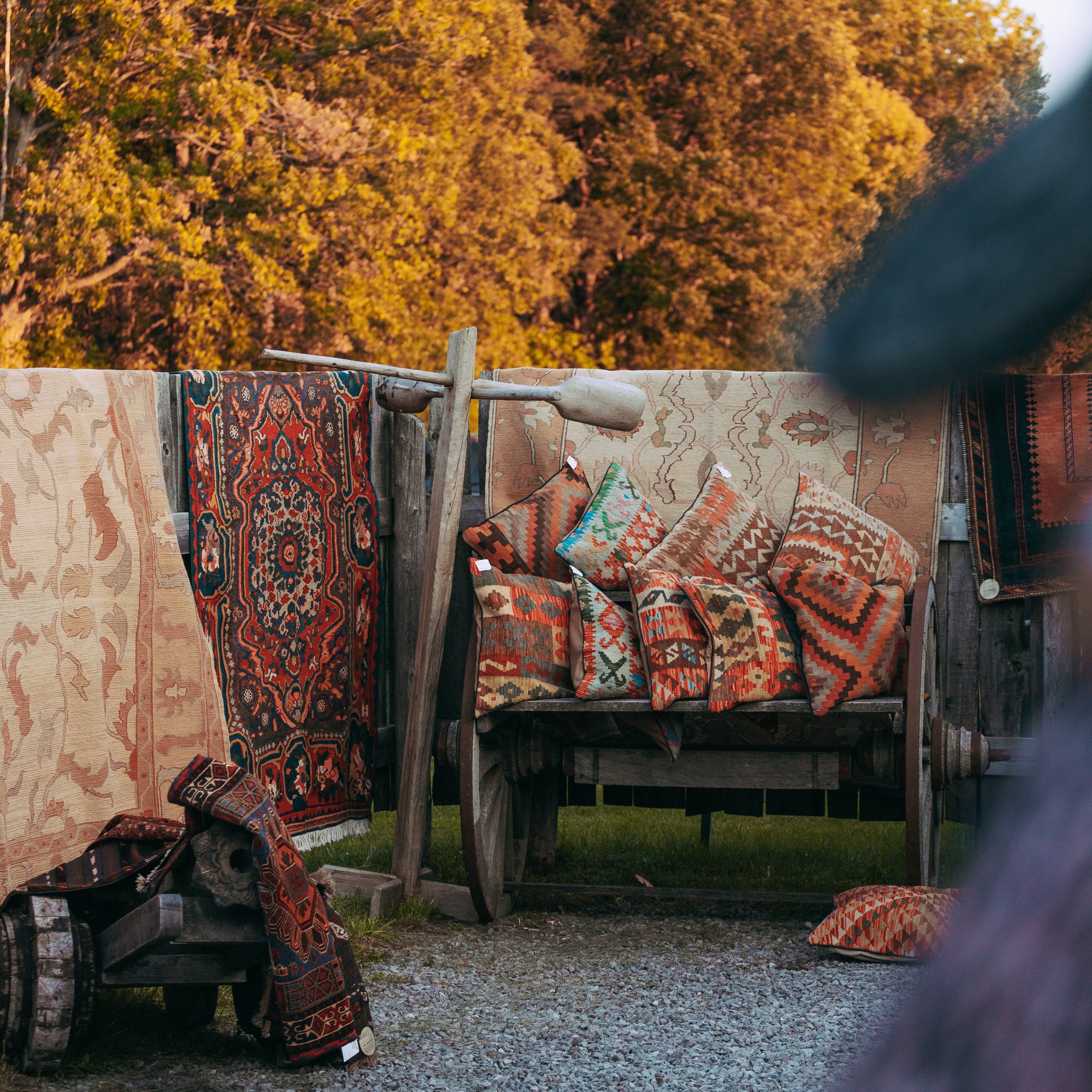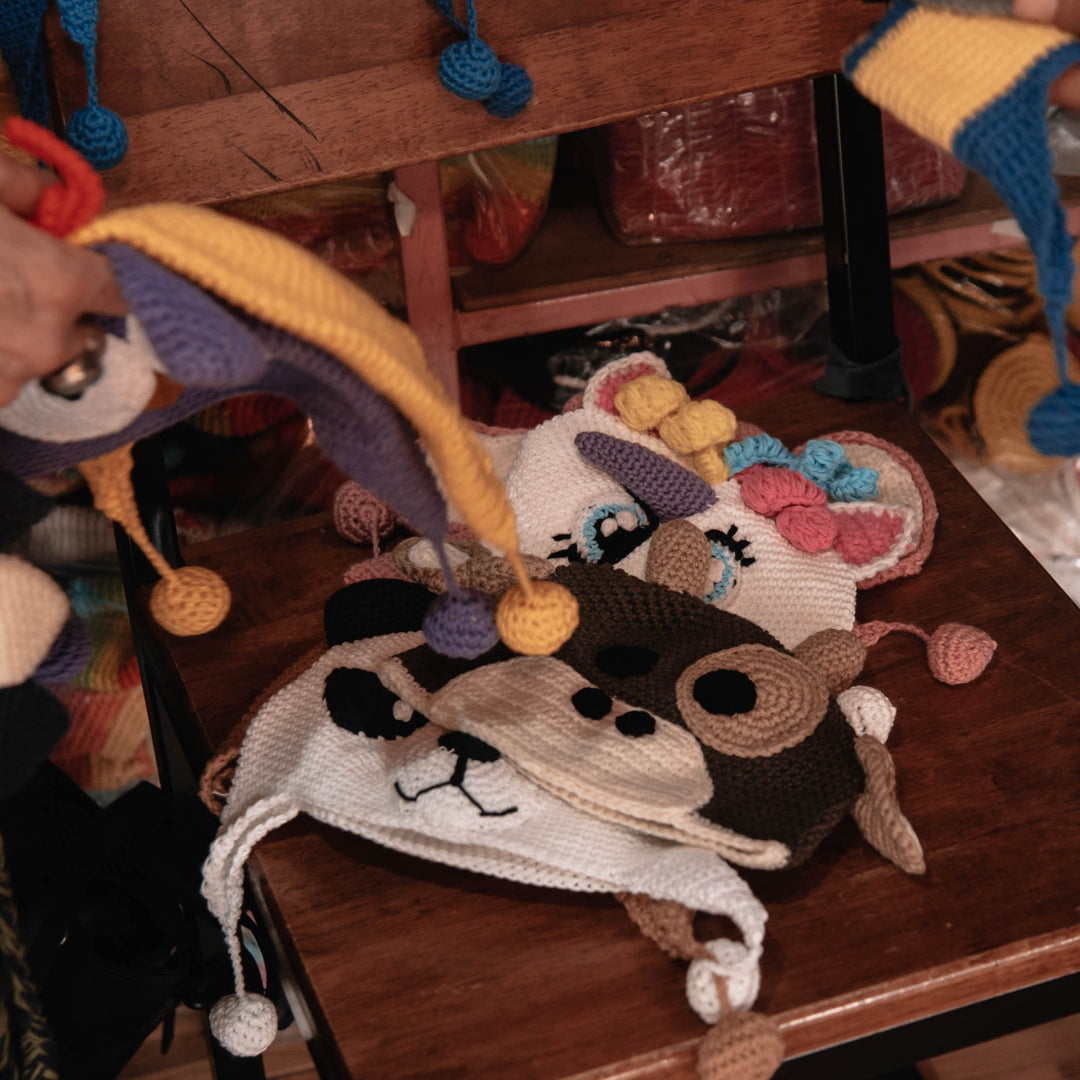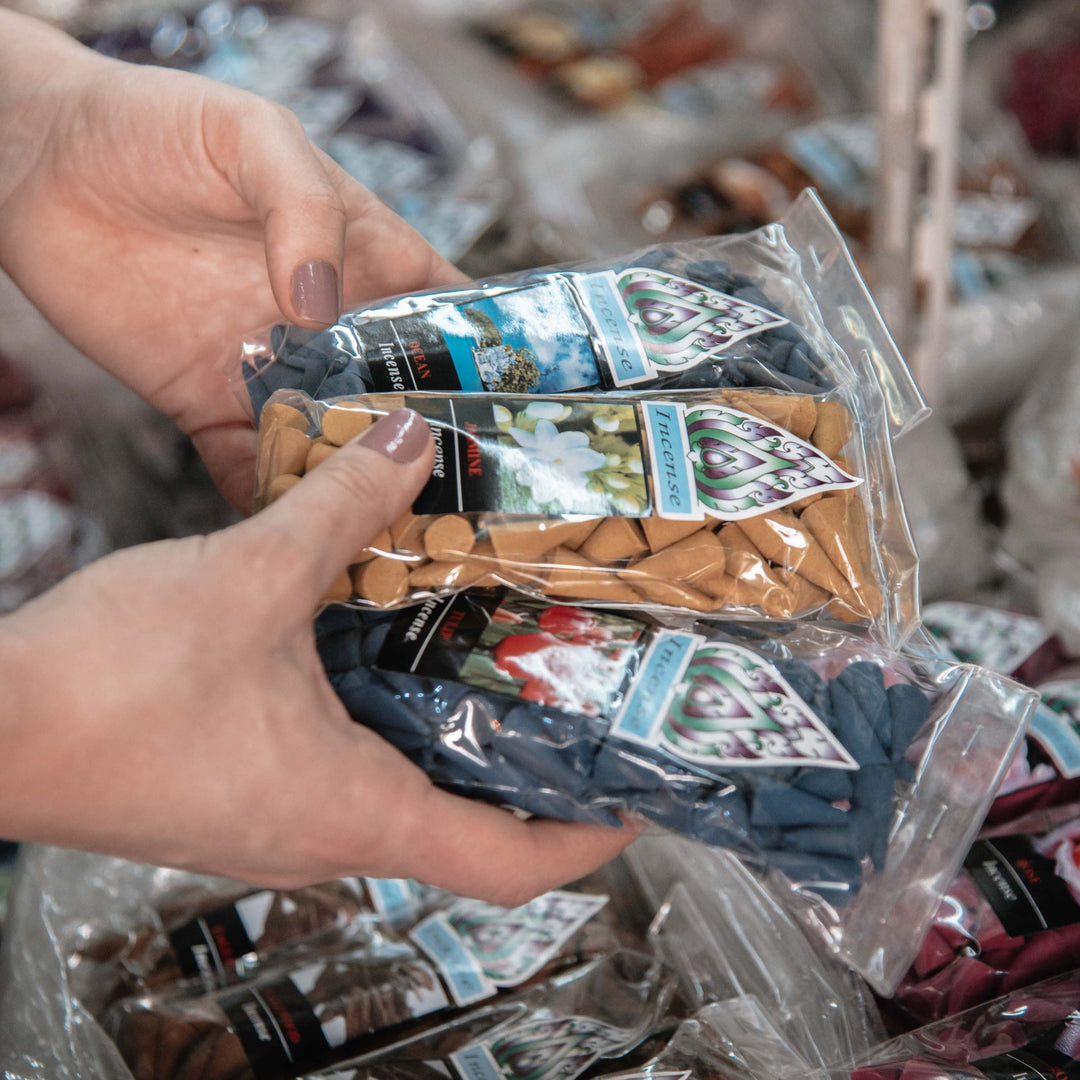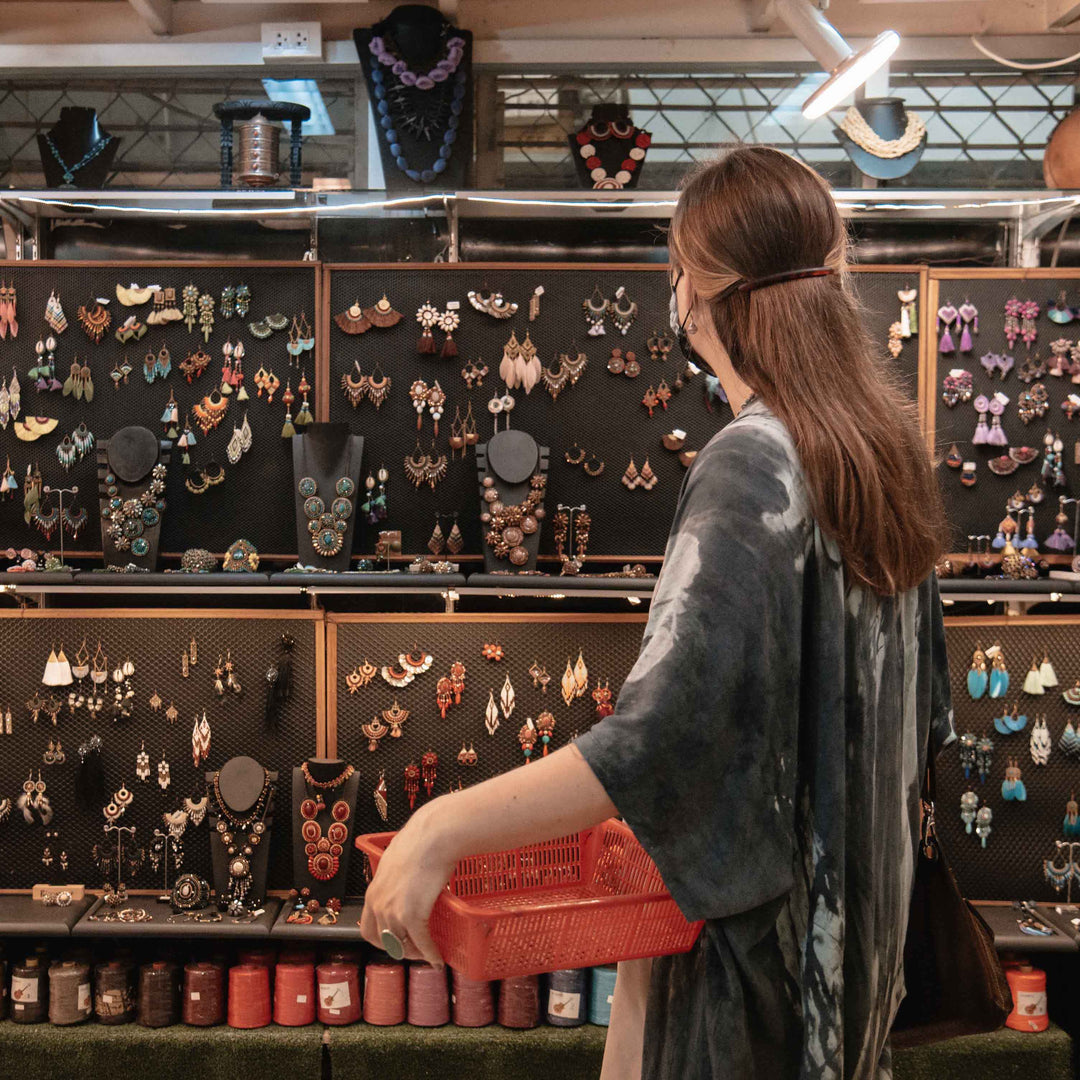How to Stay Warm According to the Nepalese
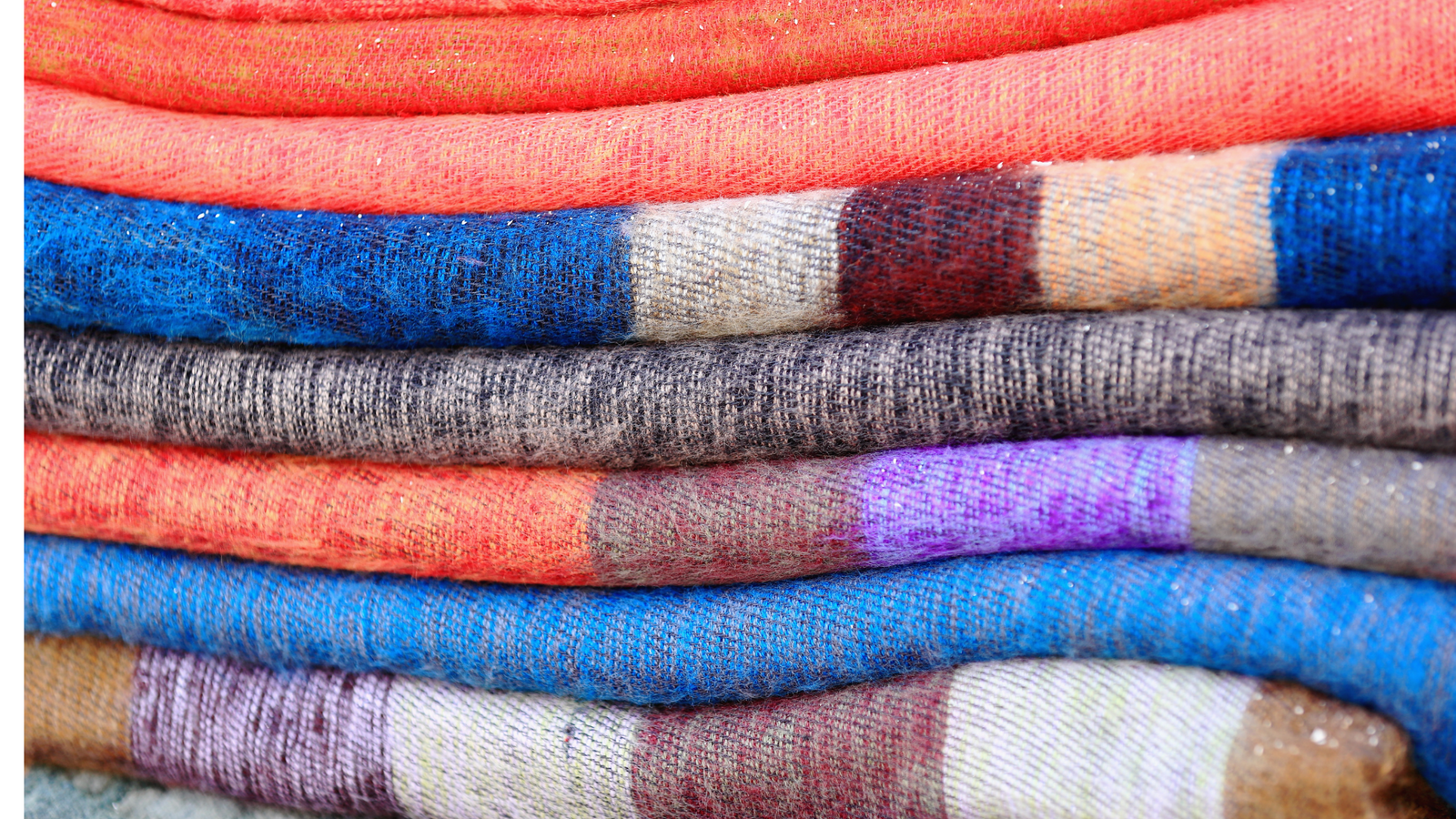
Nepal is famous for its extreme weather conditions, so it makes sense that its people know a thing or two about keeping warm in the harsh winters. In fact, the Nepalese have a long history of handcrafting cozy items, perfect for keeping you warm on even the coldest winter days.
If you tend to run cold, then Nepalese handcrafted items may be just the thing to warm up your body temperature. Let’s learn more about how to stay warm according to the Nepalese.
Blankets
Some of the first evidence of blanket weaving in Nepal goes all the way back to second century AD. There are written documents referring to Nepali blankets called Bhingisi, which were made up of eight small woollen pieces sewn together to form a black, waterproof blanket. These were often used for trade.
These blankets are probably related to the Radi, which are woollen blankets that are still made by the Nepalese today. These are designed to help protect you from both the cold and the rain, making them perfect for warming you up outdoors on a cold winter day.
Pashminas
The term pashmina comes from the term pashm or pashmina, which is the Persian word for wool. A pashmina is a traditional handwoven scarf that is typically made out of a type of cashmere, or at the very least a cashmere blend. This kind of cashmere comes from the wool of the Capra Hircus, a particular breed of mountain goat that is found in the high altitudes of the Himalayas. Interestingly, the name “cashmere” comes from the region of Kashmir, where Mir Sayyid Ali Hamadani, a poet and scholar, introduced the Himalayan’s goat wool to the people there.
Pashminas handwoven in Nepal are known for being soft, durable, light, and, of course, warm. They are so in demand that they are made in a wide variety of colors and styles and exported all over the world.
Hats and Sweaters
Since pashminas are known for being soft and warm, then it shouldn’t be a surprise to learn that you can find similar materials being used to make items such as hats and sweaters in Nepal. The wool from the Himalayan mountain goat and yaks are both often used in various warm clothing items, as they serve the animals so well in the harsh winter conditions of the Himalayas.
Rugs
Ever since merchants on the Silk Road from Tibet first introduced them to the nation of Nepal, Tibetan rugs have been a great source of income for its people. Traditionally, due to their detailed designs and warmth, there were typically found in monasteries, palaces, and houses to help protect people from the harsh Himalayan cold. They were even used to provide warmth on horse saddles!
Today, you can still find handcrafted Tibetan rugs produced in Nepal. Due to their beautiful designs, you may be tempted to use them as wall hangings, but they can still certainly help protect your feet from cold floors.




